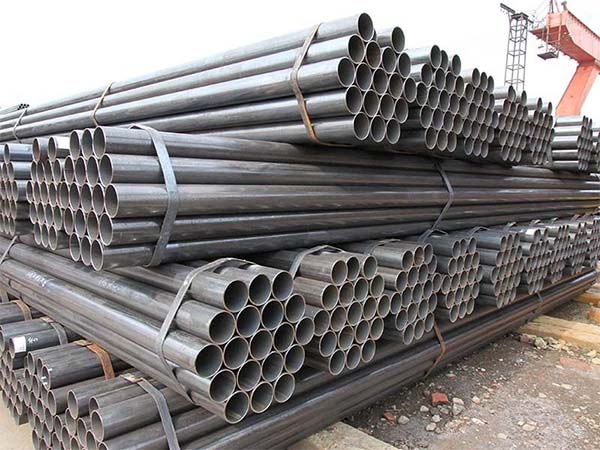
According to Wheatland Tube data, the outer diameter, wall thickness and weight of Schedule 80 (Extra-Heavy) in common sizes are as follows (only some are listed)
|
Dimensions (NPS) |
Outside diameter (in) |
Wall thickness (in) |
Weight (lb/ft) |
|
½ |
0.84 |
0.147 |
1.09 |
|
¾ |
1.05 |
0.154 |
1.48 |
|
1 |
1.315 |
0.179 |
2.17 |
|
2 |
2.375 |
0.218 |
5.03 |
|
4 |
4.5 |
0.337 |
15.00 |
For detailed information, please read SCH 40/80 pipe sizes
A comparison between Schedule 80 and Schedule 40
Wall thickness and pressure-bearing capacity: The wall thickness of Schedule 80 is significantly greater than that of Schedule 40, and it has a stronger pressure-bearing capacity under the same diameter.
Weight and cost: A thicker wall thickness means an increase in weight per unit length and material cost; The installation and transportation costs have also increased accordingly.
Applicable scenarios: Schedule 40 is suitable for general conveying (low and medium pressure) applications; Schedule 80 is suitable for high-pressure, abrasive or higher mechanical strength scenarios (such as certain chemical, oil and gas, and high-temperature steam systems).
Typical applications
Industrial high-pressure fluid transportation (steam, compressed air, certain chemical transportation).
Intra-factory connections and branch lines of oil and gas pipelines (non-long-distance lines).
Scenarios that require higher intensity, such as fire protection, boilers, and the inlet and outlet of heat exchangers.
Frequently Asked Questions (FAQ
Q1: How to choose between Sch80 and Sch40?
A: The Sch80 is suitable for scenarios with a pressure of ≥300psi. If the budget is limited and the pressure is relatively low (< 150psi), the Sch40 can be chosen.
Q2: What are the differences between ASTM A53 and A106?
A: A106 is specially designed for high temperatures (-29℃ to 425℃), while A53 is suitable for normal temperature transportation. Moreover, A106 only contains seamless steel pipes, while A53 includes both seamless and welded steel pipes.
Q3: Can Schedule 80 tubes be welded into a pressure-bearing system?
A: Yes, but the welding process, welding materials and heat treatment (if necessary) must meet the design and specification requirements, and necessary non-destructive testing and pressure tests must be carried out to ensure safety.